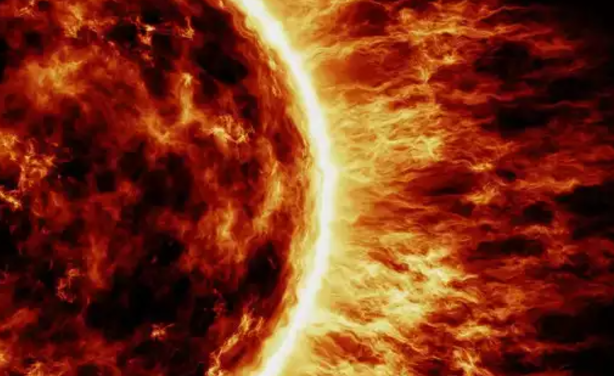Binar Satellites Burn Up Due to Solar Activity
Three CubeSats from Curtin University’s Binar Space Program burned up in Earth’s atmosphere. This was anticipated due to their name, Binar, meaning fireball in the Noongar language. The satellites, Binar-2, 3, and 4, lasted only two months in orbit instead of the planned six.
About Low Earth Orbit
Satellites in low Earth orbit (LEO) face atmospheric drag, which gradually decreases their altitude. Eventually, they re-enter the atmosphere and burn up. The Binar satellites experienced this process earlier than expected.
Increased solar activity caused the early demise of the Binar satellites. The Sun has been unusually active, creating challenges for low-Earth orbit satellites. Solar phenomena like sunspots and solar flares contribute to this activity.
Solar Cycle Patterns
The Sun operates on an 11-year magnetic cycle. At the cycle’s peak, solar activity intensifies. Current solar activity in Cycle 25 has exceeded forecasts , complicating satellite operations.
Effects on Space Weather
Solar activity impacts space weather, affecting both Earth and surrounding space. Intense auroras have been observed closer to the equator due to stronger solar winds. This activity can damage satellite systems and increase atmospheric drag.
Vulnerability of University Satellites
University satellites like the Binar CubeSats lack thrusters. They cannot counteract atmospheric drag effectively. This vulnerability leads to faster orbital decay during high solar activity.
Binar Space Program Overview
The Binar Space Program began in 2021 with Binar-1, which lasted nearly a year. The subsequent launch of Binar-2, 3, and 4 coincided with heightened solar activity. The early loss of these satellites is costly, even if they are relatively affordable.
Solar activity is expected to decrease, with calmer conditions anticipated by 2026. The next solar minimum is projected around 2030. The Binar Space Program is already planning future missions for quieter solar conditions.
Important Facts for Exams:
- Binar Space Program: Established in 2021, the Binar Space Program focuses on developing CubeSats. Its first satellite, Binar-1, successfully operated for nearly a year in orbit.
- Noongar Language: Noongar is an Indigenous Australian language spoken by the Noongar people. It is native to the southwestern region of Western Australia, reflecting the cultural heritage of local First Nations.
- Solar Cycle 25: Solar Cycle 25 began in December 2019. It is characterised by increased solar activity, surpassing previous predictions and affecting satellite operations in low Earth orbit .
- Low Earth Orbit (LEO): Low Earth Orbit refers to altitudes below 2,000 km. Satellites in LEO experience atmospheric drag, leading to gradual altitude loss and eventual re-entry into Earth’s atmosphere.
Month: Current Affairs - November, 2024
Category: Science & Technology Current Affairs


